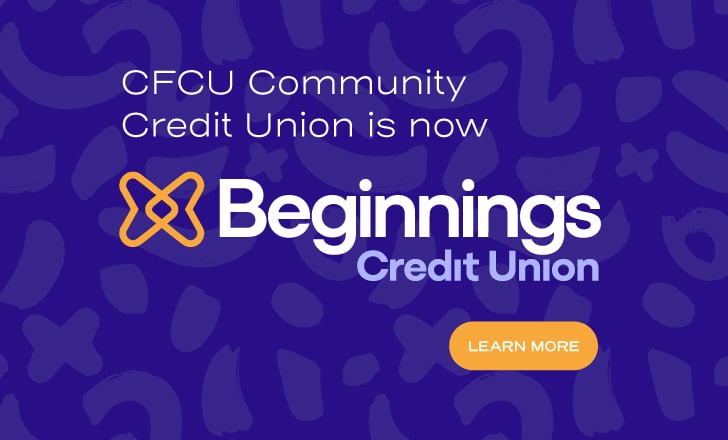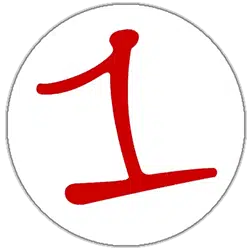new report from the Employee Benefit Research Institute (EBRI) and Greenwald Research highlights a concerning knowledge gap among health insurance enrollees in the U.S. while underscoring a strong interest in smart health technology and data sharing.
The 2024 Consumer Engagement in Health Care Survey (CEHCS), based on responses from over 2,000 privately insured adults, found that while most enrollees grasp the basics of premiums and deductibles, many remain confused about prescription drug copays and maximum out-of-pocket limits. The findings also show a growing reliance on smart health technology, with six in ten enrollees having used such devices—yet two-thirds want better integration of their health data with doctors and insurers.
Paul Fronstin, Ph.D., director of Health Benefits Research at EBRI, pointed to the survey results as evidence that consumers spend minimal time selecting their health plans and may lack essential information to make informed decisions. “More education is needed,” Fronstin said. “While they are definitely taking advantage of new tech opportunities to make informed decisions, they also seem to need additional input from their health care providing team.”
The study, conducted between Oct. 24 and Nov. 25, 2024, surveyed individuals aged 21 to 64. Findings revealed that 86% of respondents understood the concept of a premium, and 82% knew what a deductible was. However, only about a quarter correctly identified that prescription drug copays vary by medication type, and many were unclear on out-of-pocket maximums. High-deductible health plan (HDHP) enrollees were generally more knowledgeable about these terms than those with traditional plans.
Despite widespread satisfaction with various aspects of health care, cost concerns remained a significant issue. While nearly two-thirds of respondents were highly satisfied with their health care, many expressed dissatisfaction with out-of-pocket costs. Fourteen percent of enrollees were unhappy with the cost of prescription drugs, and 21% were dissatisfied with other out-of-pocket expenses.
The survey also confirmed the increasing role of smart health technology. Over four in ten respondents currently use a health-tracking app, wearable device, or similar technology, with HDHP enrollees more likely to embrace such tools. Three-quarters of users said these devices have improved their access to care, but many wished their health data could be shared with their providers—66% with doctors and 60% with insurers.
Health savings accounts (HSAs) also featured prominently in the report, with 56% of respondents opening an HSA for tax benefits and 53% using it to save for future health expenses. Two-thirds use their HSAs to cover immediate medical costs, while only 39% are saving for retirement health expenses.
The survey further found that most enrollees spend minimal time selecting their health plans during open enrollment, with half making their decision in under an hour. Most rely on annual benefits guides, though HDHP enrollees are increasingly using online portals. Despite the rushed decision-making, 90% of respondents reported high satisfaction with the enrollment process.
The study also shed light on health coverage sources, revealing that most privately insured individuals obtain coverage through their own employer (61%) or a spouse’s job (20%). Only 19% buy coverage directly, either through insurers (11%) or government exchanges (8%).
Sara Rubinstein, director of Healthcare at Greenwald Research, noted that while open enrollment satisfaction is high, there is still room for improvement. “The bottom line here is that health plan knowledge is generally low and employees do not spend much time making these decisions,” Rubinstein said.


